2020 Apple's autumn conference was held at the Jobs Theater on September 11.
At this conference, one detail is that the iPhones are all equipped with U1 chip that supports ultra-wideband (UWB) technology.
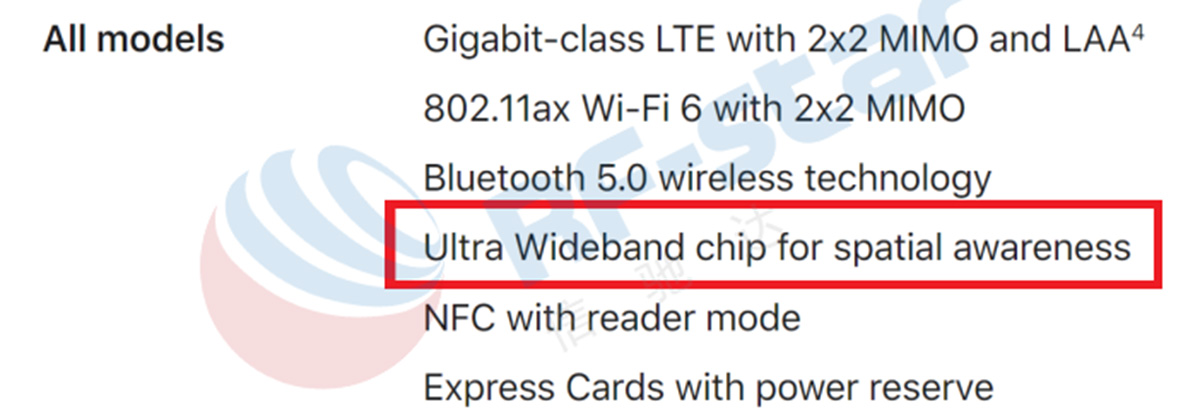
According to official publicity, the new technology will significantly improve the Spatial Awareness capabilities of Apple mobile phones.
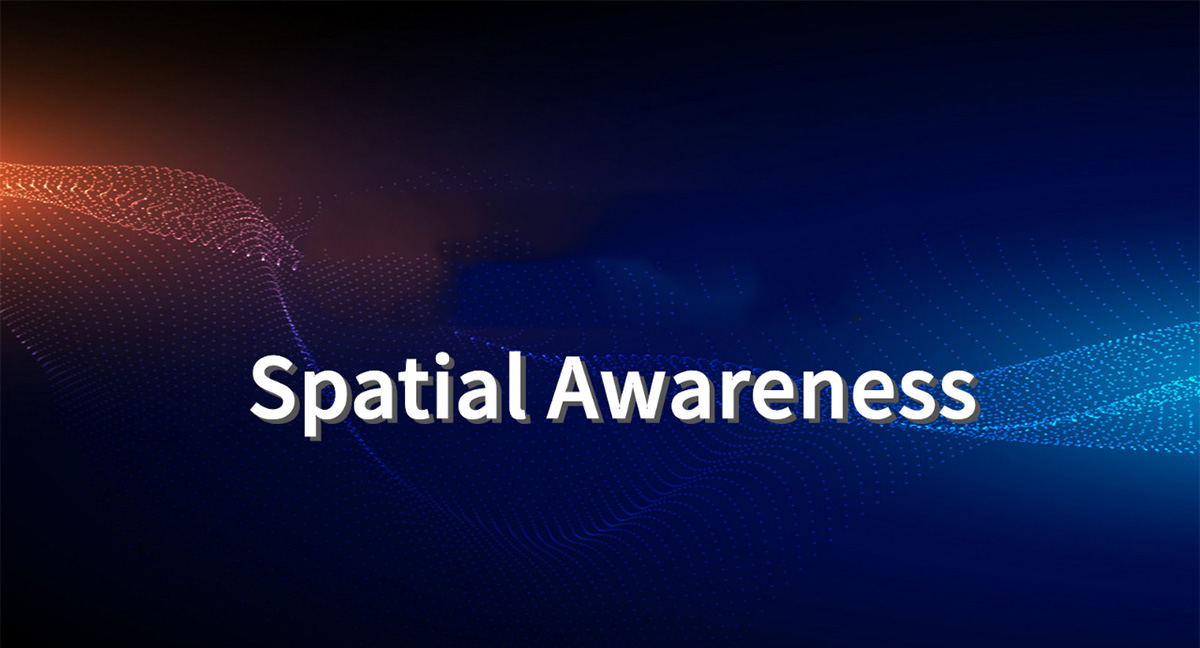
So, what does spatial awareness mean? What exactly can the U1 chip do? What is UWB technology? All of these will lead to a new round of smart device application innovation?
The answers to these questions will be revealed next.
The Spatial Awareness is the ability to perceive orientation which is positioning ability.
According to Apple's introduction, iPhone equipped with the U1 chip further enhances the positioning function of the mobile phone. It can not only sense the location of its own mobile phone, but also the location of other nearby mobile phones.
Based on the space awareness capability provided by the U1 chip, when using AirDrop (AirDrop is the function of wireless file sharing provided by Apple devices), you only need to point your iPhone to someone else’s iPhone, and the system will prioritize it (the closer you are, the higher the priority), allowing you to share files faster.
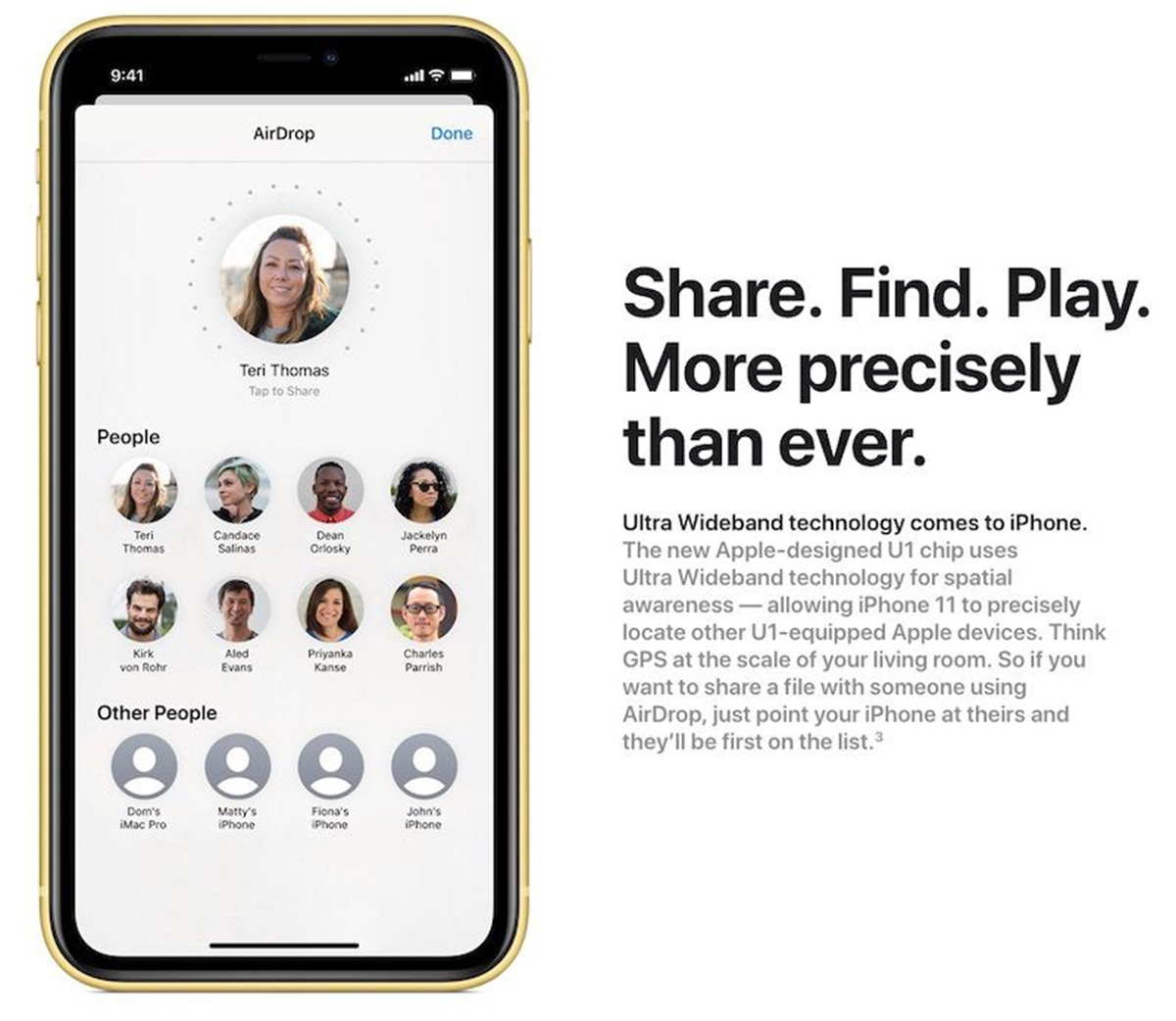
iPhone11 can achieve the application effect of "the closer you get to me, the first you get a response".
Positioning is a familiar topic for all of us. We often use APPs such as Google Map or Baidu Map, which have positioning and navigation services.
Location services help us indicate directions and increase our sense of security as well as control, which bring great convenience to our work and life.

Therefore, what is the difference between UWB technology and the positioning technology we use now?
The commonly used positioning technologies now mainly include satellite positioning and base station positioning.
Satellite positioning is a technology that uses artificial earth satellites to perform point position measurement. And it is currently the most widely used and most popular positioning technology for users. The characteristics of high precision, fast speed and low cost of use are very prominent.
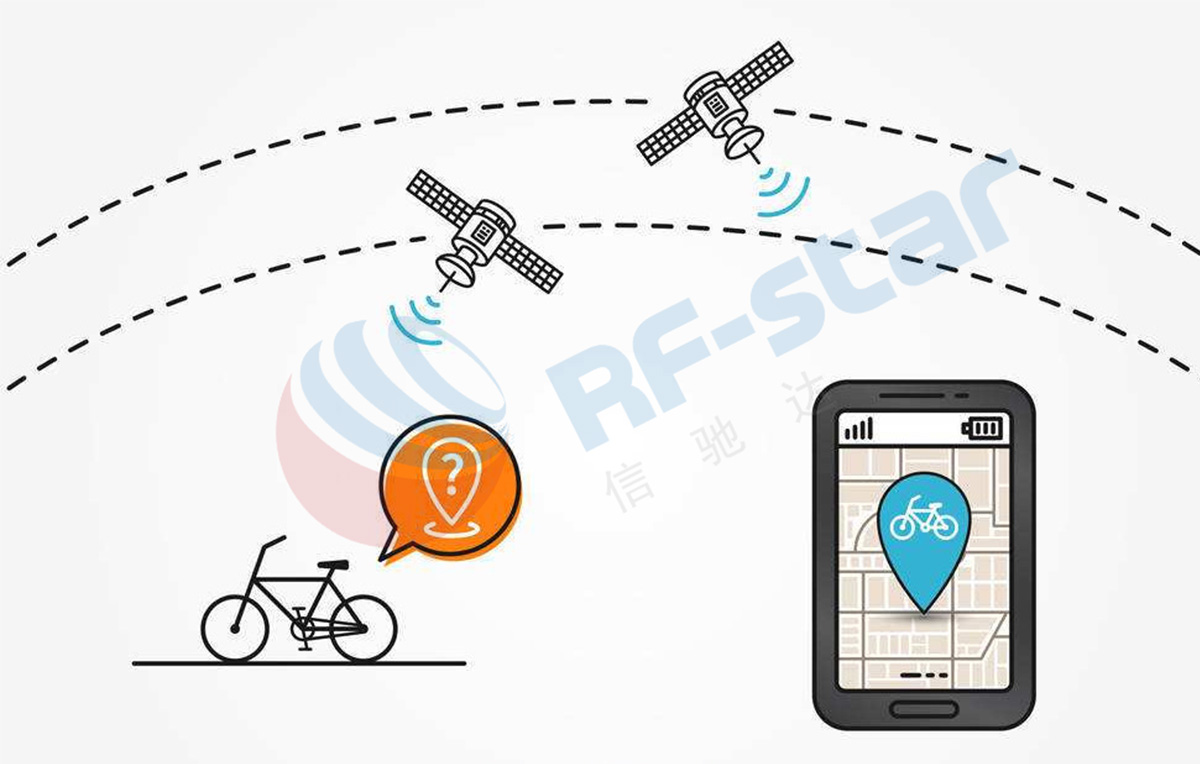
The well-known satellite positioning systems include the United States’ Global Positioning System (GPS), China’s Beidou (BDS), Europe’s Galileo, Russia’s GLONASS.
The principle of base station positioning is similar to radar. Radar positioning is to emit radar waves and perform spatial position measurement based on the reflection of the target.
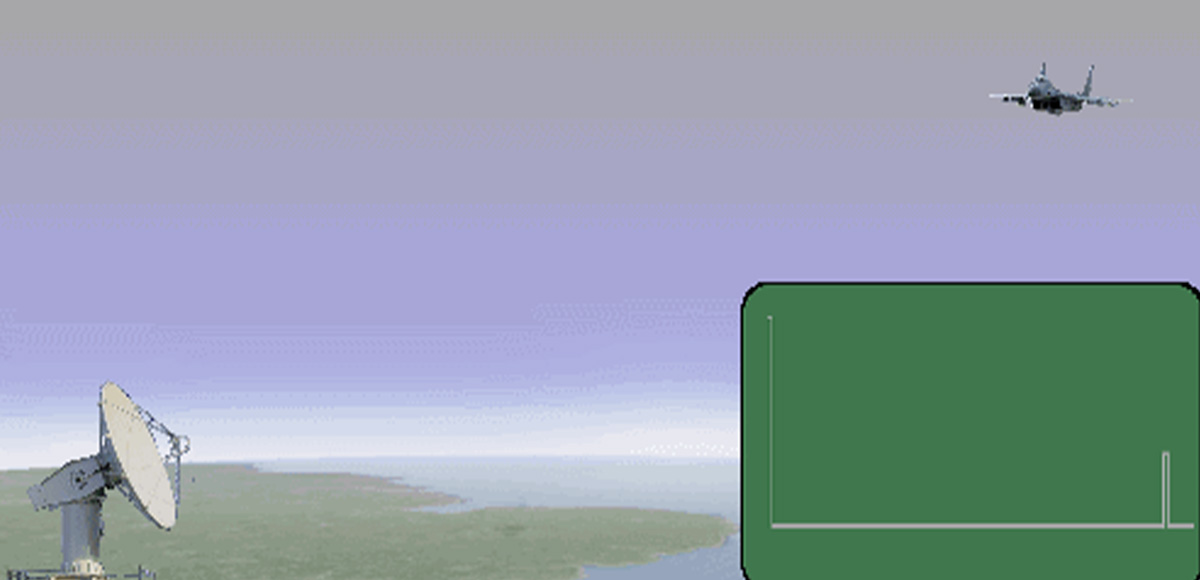
The base station works like a "radar".
Usually, a mobile phone will be under the signal coverage of multiple base stations in a city. The mobile phone will "measure" the downlink pilot signals of different base stations to obtain the signal TOA (time of arrival) or TDOA (time difference of arrival) of each base station.
According to the measurement result, the coordinates of the mobile phone can be calculated combined with the coordinates of the base station,
Here is a picture to show it.
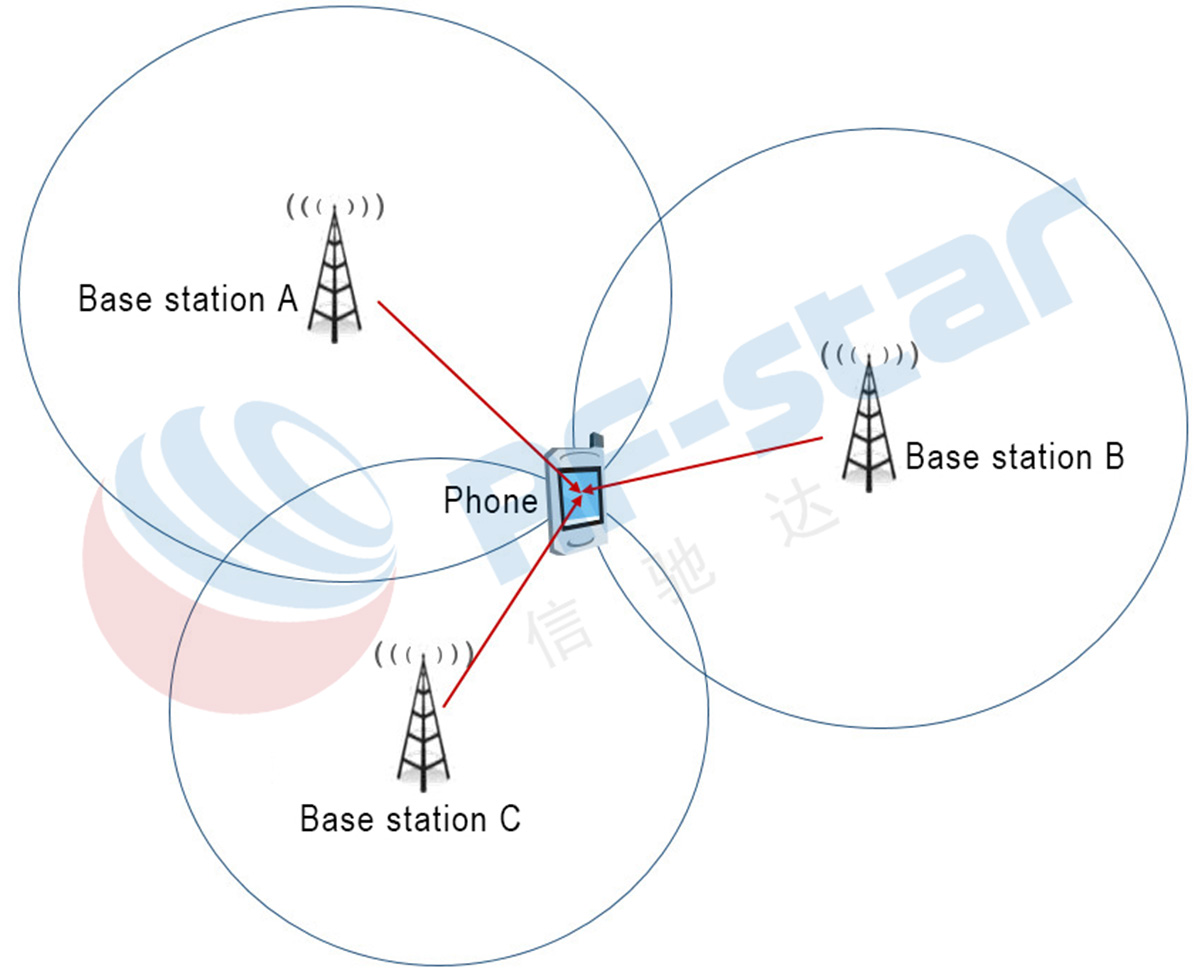
All of the above-mentioned positioning methods have an obvious shortcoming. They cannot penetrate buildings and cannot achieve indoor positioning.
Satellite positioning requires the receiver to receive enough satellite signals. When entering the room or obstructed, the satellite signal is very weak and cannot be effectively positioned.
When we are outdoors, the GPS positioning signal received by the mobile phone can reach more than 15. When we are indoors, the GPS positioning signal received by the mobile phone indoors may be less than 3.
It can be known that when the number of satellites decreases, the positioning error increases from 10 m to 66 m.
On the one hand, satellite and base station positioning technology cannot meet the needs of indoor positioning. On the other hand, there is an increasing demand for indoor positioning, such as underground garage navigation, shopping malls to find shops and goods, and even to find lost children.
Thanks to the rising demand, people have developed a series of technologies to try to use other types of anchor nodes to provide positioning capabilities. It includes Wi-Fi, Bluetooth, UWB and other technologies.
What is UWB?
Wi-Fi and Bluetooth are not big news to us. So, what is UWB?
UWB is an ultra-wideband technology, which originated from the pulse communication technology that emerged in the 1960s.
The general communication system uses a high-frequency carrier to modulate a narrowband signal, and the actual bandwidth occupied by the communication signal is not high.
UWB is different from traditional communication technology, it realizes wireless transmission by sending and receiving extremely narrow pulses with nanosecond or microsecond magnitude. Due to the extremely short pulse time width, ultra-wideband on the spectrum can be achieved, and it is above 500 MHz.
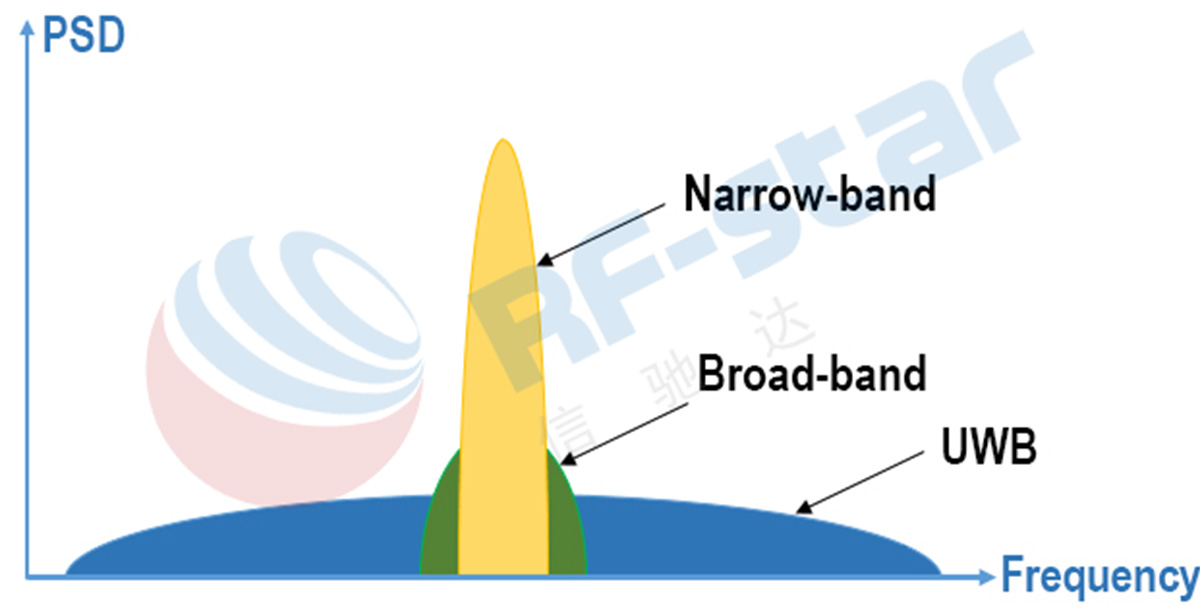
The FCC (Federal Communications Commission) has allocated a total of 7.5 GHz from 3.1 GHz to 10.6 GHz for UWB. They also imposed stricter limits on its radiated power than FCC Part15.209 UWB is limited to the -41.3 dBm frequency band.
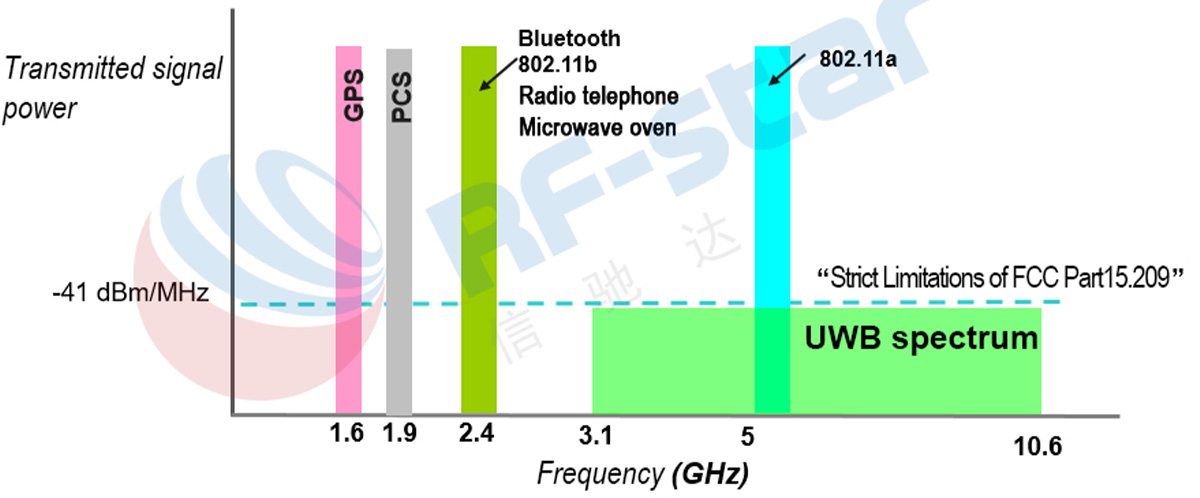
In short, UWB achieves fast data transmission with low power consumption through ultra-large bandwidth and low transmit power.
Due to the extremely short time width of UWB pulses, high-precision timing can also be used for distance measurement.
Compared with Wi-Fi and Bluetooth positioning technology, UWB has its own advantages.
Based on the above technical advantages, UWB can form a high-precision indoor positioning system.

Comparison of UWB and other positioning technologies
At present, there are three commonly used UWB ranging methods.
(1) ToF (Time of flight). Range measurement is achieved by measuring the flight time of the UWB signal between the base station and the tag.
(2) TDoA (Time Difference of Arrival). UWB signal is used to locate the time difference from the tag to each base station.
(3) PDoA (Phase Difference of Arrival). The azimuth relationship between the base station and the tag is measured by the Angle of arrival phase.
UWB industry development
UWB was widely used for military purposes before 2002. In 2002, the FCC lifted the ban on UWB technology and allowed it to enter the civilian field.
Since then, UWB technology has entered a period of rapid development, and various technical solutions have also launched fierce competition around the formulation of UWB international standards.
In 2007, IEEE standardized UWB technology in the 802.15.4a standard. After nearly 10 years of development, UWB standards are constantly improving.
Decawave must be mentioned in the UWB industry chain.

Decawave is currently the only UWB positioning chip manufacturer known to support IEEE 802.15.4. They offer low-cost chips at a retail price of a few dollars. The chip is DW1000, which complies with the IEEE 802.15.4-2011 UWB standard protocol (under ideal conditions, the maximum measurable range is 300 m).

After Apple’s product launch, INTRANAV, a positioning manufacturer based on the Decawave chip DW1000, posted two tweets claiming that its kit supports interoperability with iPhone11, and Decawave also reposted the tweet. This shows that Apple U1 has a great possibility of supporting IEEE 802.15.4.
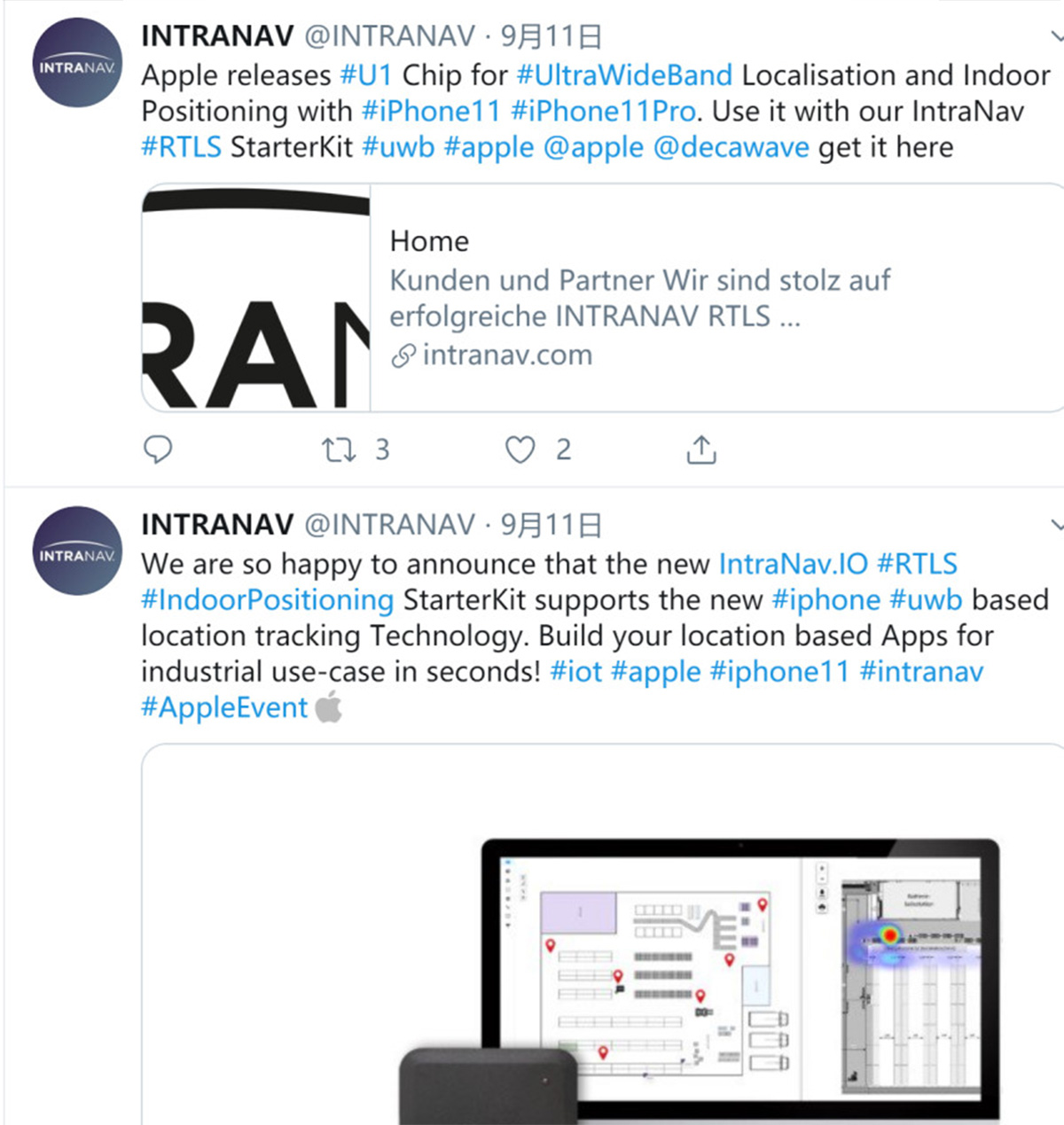
Other manufacturers engaged in UWB technology include Ubisense and BeSpoon. These manufacturers use their own UWB solutions, which are usually launched in the form of a module kit, but none of them support IEEE 802.15.4.
The realization of better Spatial Awareness requires the support of the application ecology. In order to build the entire application ecosystem, devices from different manufacturers need to achieve interoperability and compatibility. It is foreseeable that devices from all manufacturers will likely support the IEEE 802.15.4 standard in the future.
UWB positioning effect
Currently, there are three high standard indoor positioning competitions in the world,
1) Microsoft Indoor Localization Competition (MILC)
2) PERFLoc (Performance Evaluation of Smart-phone Indoor) organized by the National Institute of Standards and Technology (NIST)
3) International Indoor Positioning and Indoor Navigation Conference (IPIN)
Microsoft's MILC competition is recognized as the best stage for judging high-precision indoor positioning technology.
The following is a list of the top three results based on the infrastructure group in the MILC competitions over the years.
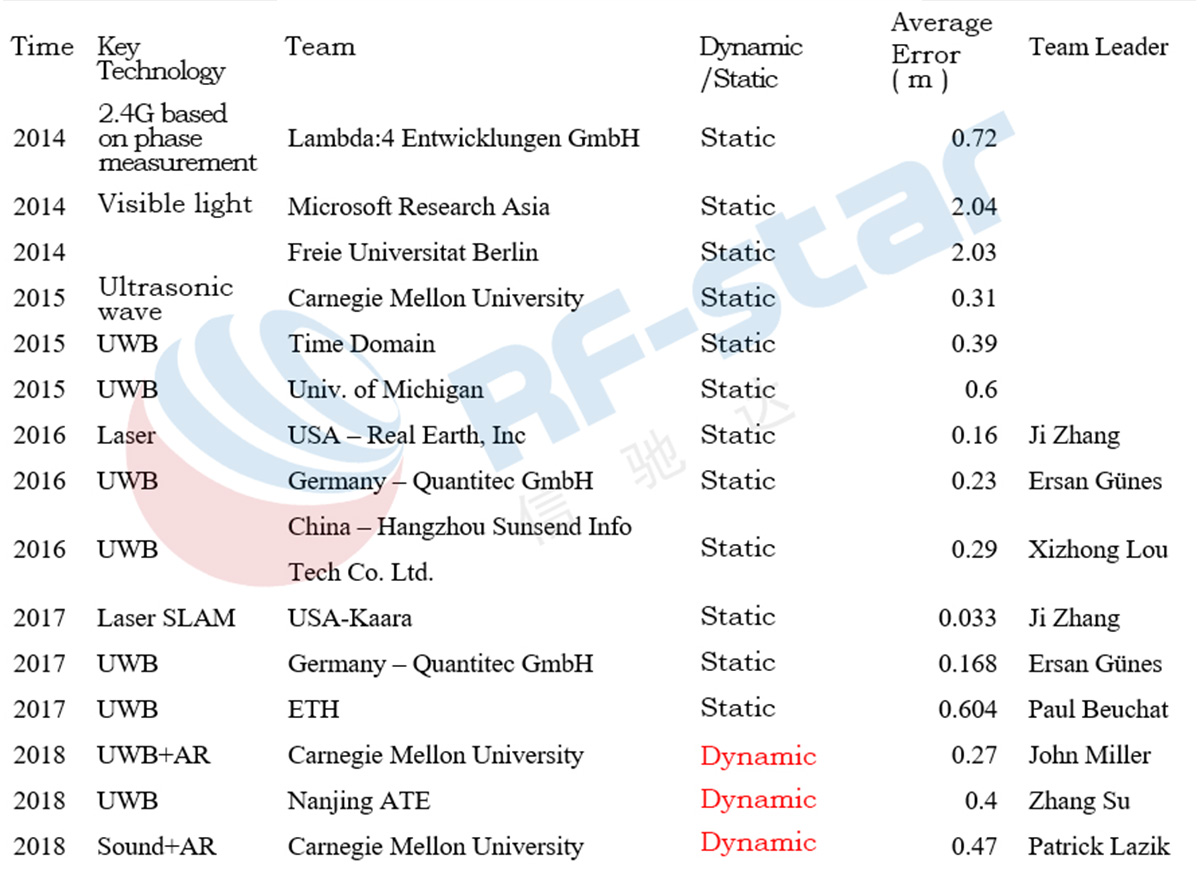
It can be known that since 2015, the advantages of UWB have gradually been shown, and has become the most promising technology in high-precision positioning technology. At the same time, Decawave's DW1000 is also the mainstream choice in specific positioning solutions. 7 of the 8 winning UWB teams have used the DW1000.
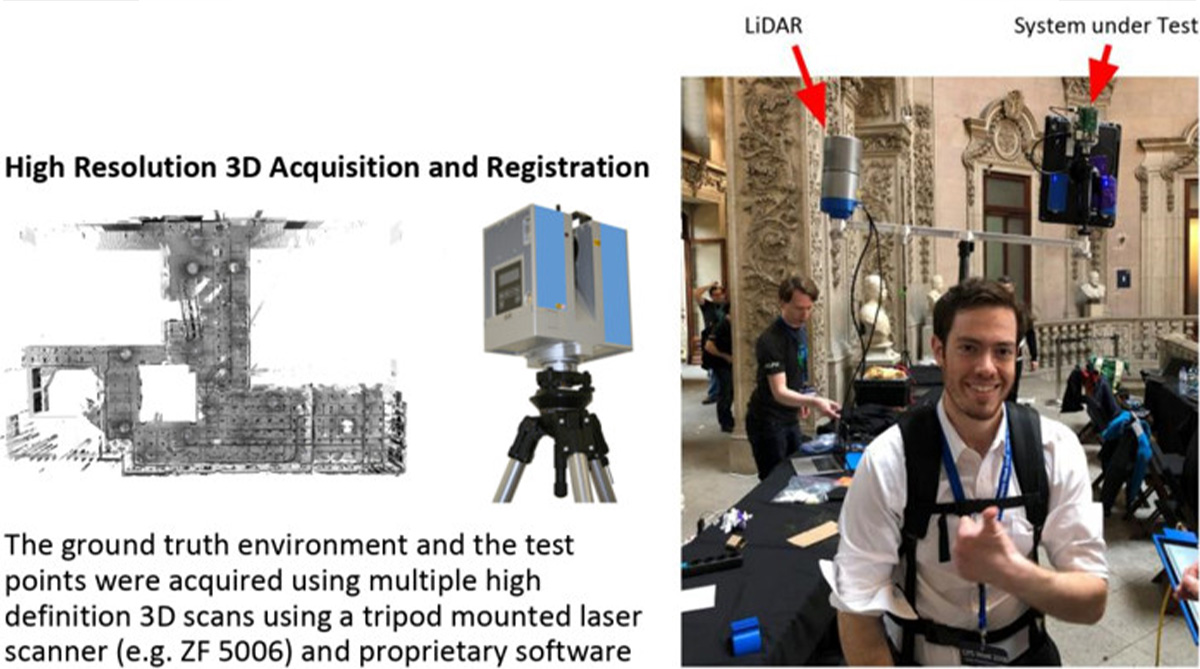
In the 2018 competition, a very high-performance laser SLAM was used to construct a map (left picture) and based on this real-time output of the real position trajectory (right), which was used as the evaluation basis for the game.

The venue of the game is the Palace of the Stock Exchange of Porto, Portugal, and the environment is very complicated.
The 2018 competition was the first to evaluate the dynamic accuracy. The competition venue was very complicated and the results were very oriented. In this event, the Anthony Rowe team from Carnegie Mellon University in the United States is worth mentioning. This team is the leader in the field of indoor positioning. they have entered the top three 3 times. In 2018, they were ranked first and tied for second.
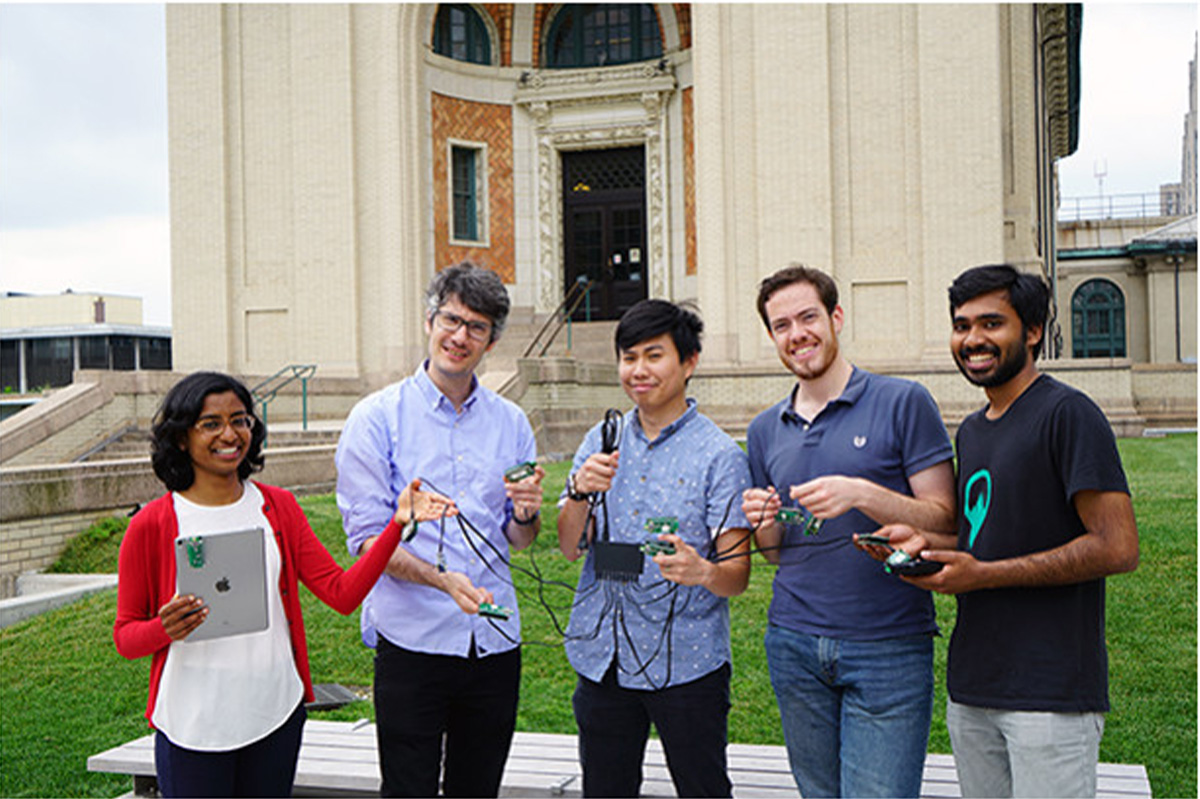
CMU Anthony Rowe team
More importantly, the technical route that the team took first place in 2018 is UWB + Augmented Reality (AR), and the iPhone 11 Pro became the first mobile phone that supports both AR and UWB. This proves that the team has strong technical insight.
In addition, Nanjing ATE Electronic Technology Co., Ltd. from China is also worthy of attention.
They are an emerging team. One year after entering the UWB market, they participated in the 2018 competition and achieved a tie for second place. This is the best ranking of the domestic team in this event so far.
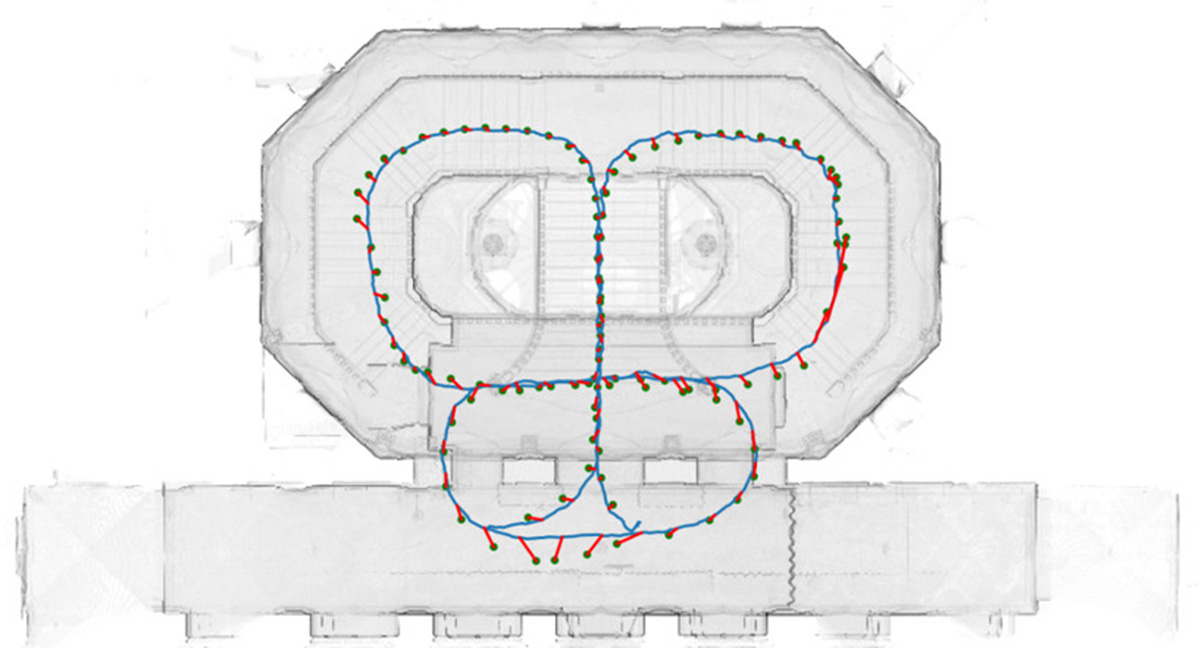
The picture above is the real-time trajectory output by the ATE team during the competition. It can be seen that, with the exception of a few areas, most areas have output positioning coordinates with high accuracy. The blue is the real-time trajectory of the laser SLAM, the green point is the trajectory output by the ATE team, and the red is the vector error.
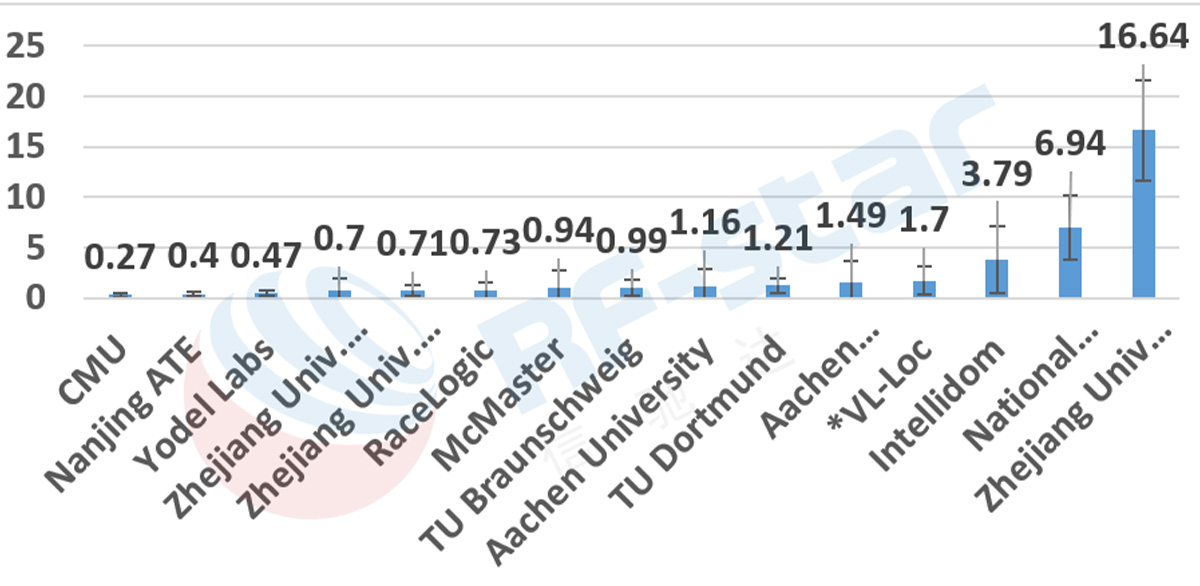
The picture above is a comparison of the average positioning errors of participating teams. The average positioning error of the ATE team is 0.4 meters.
However, several traditional strong teams, such as Racelogic and Russian Research Institute, which also use UWB technology, only achieved close to 1 meter or even worse. This fully illustrates the difficulty of the 2018 race.
Summary
All in all, the iPhone’s comprehensive support for UWB is a very valuable opportunity for the large-scale commercial promotion. It will also accelerate the development and maturity of the UWB upstream and downstream industry chain.
With the advent of 5G, we are accelerating towards the era of internet of everything, and more and more IoT devices and applications will appear. UWB technology can be closely integrated with these IoT applications according to its own characteristics to provide users with a better service experience.
UWB technology has very broad development prospects, including smart home, AR, mobile payment, nursing tracking, geological prospecting, indoor navigation, etc.
According to the predictions of relevant agencies, UWB technology will occupy 30% ~ 40% of the indoor positioning market in the future, and the market size is expected to reach 16.4 billion U.S. dollars in 2022.
Let us look forward to the bright future of UWB.